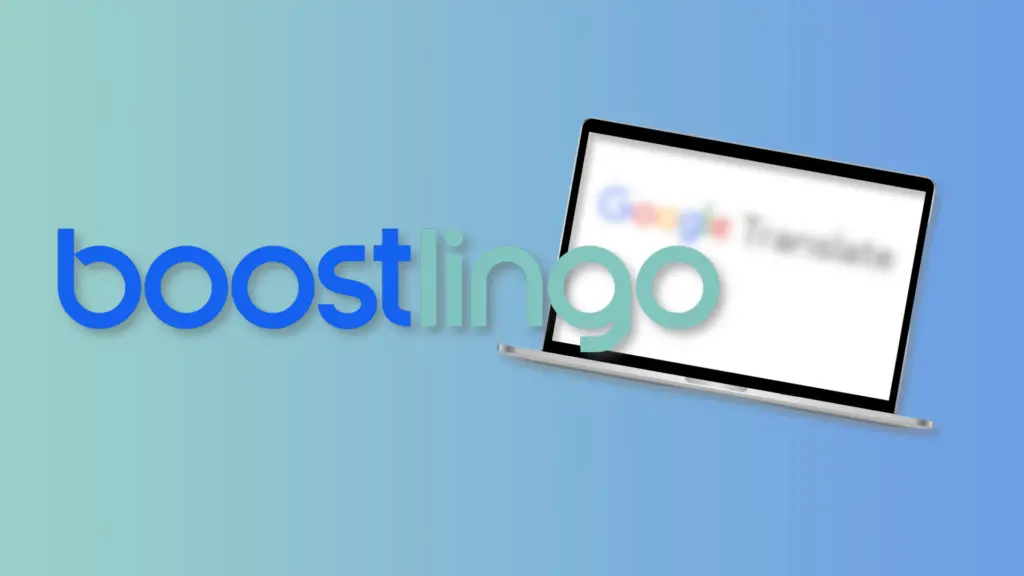Google Translate is a lifesaver when you need a quick translation for everyday phrases or casual conversations. It’s free, accessible, and can handle tons of languages in seconds. But when it comes to professional environments, especially meetings or real-time conversations, it starts to fall short.
This tool isn’t built for back-and-forth dialogue or nuanced discussions. It’s designed for translating blocks of written text and then reviewed for accuracy, not interpreting spoken language. That’s a big deal if your organization needs to communicate clearly and effectively in high-stakes scenarios.
One of the biggest challenges with Google Translate is that it often misses the mark with slang, idioms, or culturally specific phrases. For example, if you try to translate the phrase “come up short,” which typically means “to fail to achieve a goal,” into another language, it might get lost in translation—especially in cultures like Japanese or Korean where politeness and indirect communication are highly valued. Instead of conveying the intended meaning, it could be misinterpreted as an insult about someone’s physical stature or abilities, or even just make no sense in the ongoing conversation. That’s definitely not the impression you want to leave.
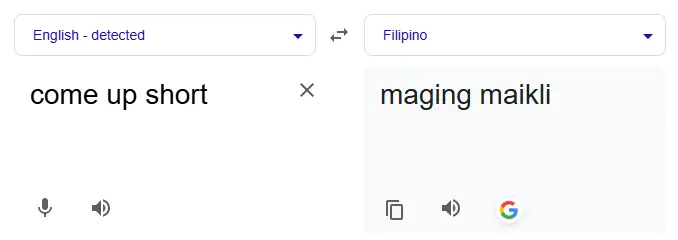
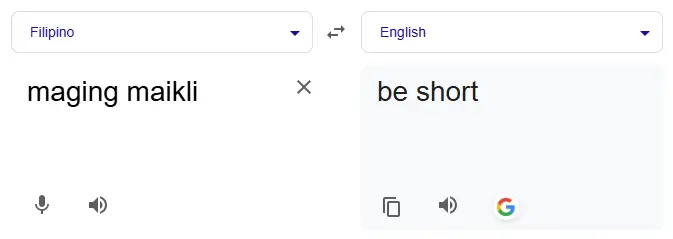
That’s where professional language service platforms like Boostlingo come in. Platforms like ours support both document translation and real-time conversation interpreting. So, how do these two services really stack up? Let’s dive in.
Understanding Translation vs. Interpretation
Before we jump into the comparison, let’s clear something up: translation and interpreting aren’t the same. Translation deals with written text, such as emails, manuals, or websites. Interpreting, on the other hand, focuses on spoken language, whether it’s happening live during a meeting or through a recording.
Why does this matter? Because for organizations, knowing the difference helps you choose the right tool for the job. Language translation is great for documents and written content, but when it comes to real-time communication, like business meetings, medical consultations, or legal proceedings, you need reliable language interpreting.
Google Translate Overview
Google Translate is popular for a reason. It’s fast, free, and can handle a huge variety of languages. For many organizations, it’s a handy tool when you just need something translated quickly without too much fuss.
It works well when you need quick text translations for internal documents, basic website translations to reach broader audiences, or casual and low-priority communications where minor inaccuracies aren’t a big deal. But here’s the catch:
- Google Translate often stumbles over idioms, slang, and cultural nuances, which can lead to inaccurate or confusing translations.
- It lacks contextual awareness, making it tricky to use in professional environments where tone and precision matter.
Boostlingo Overview
If you’re looking for a solution built specifically for professional communication (spoken or written), Boostlingo has you covered. We’re a language services technology platform that provides a full suite of solutions, including document translation and real-time interpreting powered by both AI and qualified interpreters.
Need to speak with someone in another language? We offer:
- Boostlingo On-Demand: Instantly connect with a professional interpreter for critical, nuanced conversations—perfect for medical, legal, and business settings.
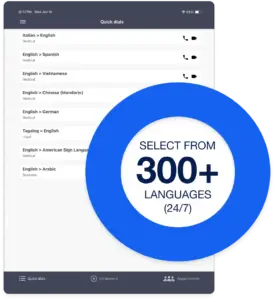
- Boostlingo AI Pro: Live translate your conversation with captions in your native language, or listen to speech-to-speech interpretation in real time.
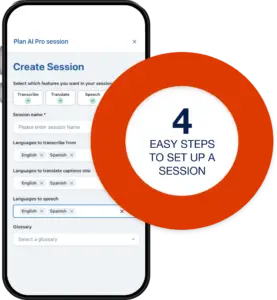
- Translation Services: Instead of relying on Google Translate, which lacks contextual and cultural understanding, work with our network of professional translators to ensure your written materials are accurate, polished, and industry appropriate.
Boostlingo stands out because it delivers accurate, culturally sensitive interpretation and translation backed by both human expertise and cutting-edge technology. Whether you’re in healthcare, law, or corporate communications, we make sure your message gets across the right way, every time.
Pros & Cons
Google Translate
- Pros: Free, easy to use, perfect for quick text translations.
- Cons: Limited conversational accuracy, lacks context-awareness, and can fall short in professional settings.
Boostlingo
- Pros: Highly accurate spoken interpretation, excellent cultural awareness, tailored industry-specific solutions.
- Cons: It’s a paid service, so it’s best for professional or critical situations where accuracy truly matters.
Thinking of Getting Language Services?
Google Translate is a fantastic, user-friendly tool for casual, low-priority translations. But when you need something more precise, professional, and culturally aware, Boostlingo steps in to bridge the gap. Whether you’re running international business meetings or navigating complex legal scenarios, Boostlingo helps you communicate effectively and respectfully.
Book a demo to see the difference!
